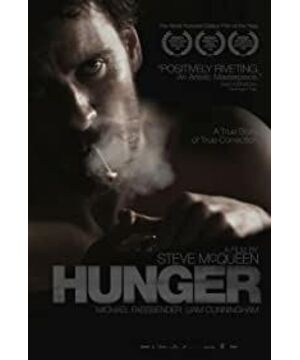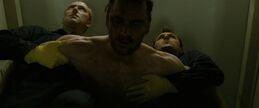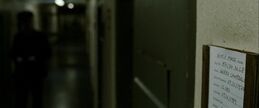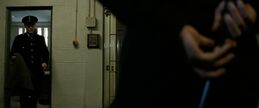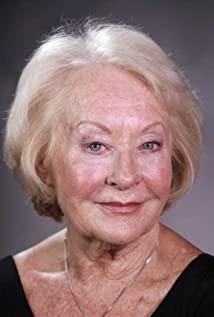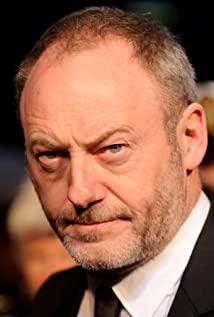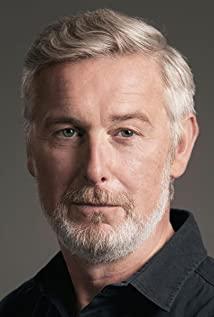If you don't know much about the plot and political background, just looking at the photography skills is quite enjoyable. Most of the scenes in the film are in a closed space, showing a kind of depression and sadness in a state of imprisonment. Occasionally, the memory flashes the openness of the vast field, which is often a display of the protagonist's unruly inner world. The use of large aperture and close focal length shows the texture of human skin, pores and cloth, which really brings the audience into the inner world of the protagonist, and can feel a kind of painful struggle. In addition, the rhythm of the film is basically quite slow, a scene often takes 2 or 3 minutes, and only some violent scenes will break this slow rhythm. One of the protagonists and the priest had a 17-minute non-switching long-shot dialogue, which was quite brilliant. Such a generous burning of film was a great challenge to the actor's performance.
After watching this film, people are often uncomfortable. Just like Mel Gibson's "The Martyrdom of Jesus", the film can completely lead people into this kind of pain: let people explore why these people are so painful and why they choose Pain, what do they want, is their choice the right one? Did they become great as a result of this ordeal, or did they die for their faith? Maybe just a victim of politics, or even cannon fodder for politicians? At least the works of directors and actors let people know that there is still such a person or group of people in the world, whether they are revolutionaries, idealists, or martyrs, they have existed and influenced so many people.
View more about Hunger reviews


